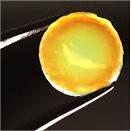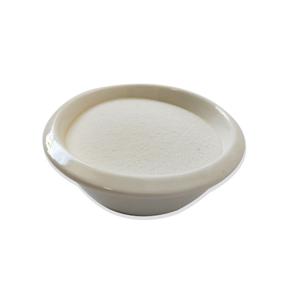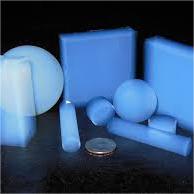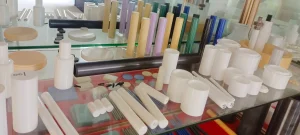Professional industry ceramic supplier, silicon nitride, silicon carbide, aluminum nitride and any other kinds of ceramics.
1. Introduction
In the past 48 hours, a major breakthrough in high-temperature material processing has spotlighted silicon carbide crucibles: researchers at a leading U.S. national lab successfully melted rare-earth-free superalloys using reusable silicon carbide crucibles, reducing energy consumption by 22%. This innovation underscores the growing importance of silicon carbide in sustainable industrial manufacturing.
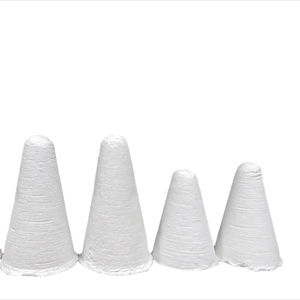
Silicon carbide crucibles are far more than just lab or foundry tools—they’re at the heart of advanced ceramics used across industries, from metallurgy to gourmet kitchens. Known for exceptional heat resistance, chemical inertness, and mechanical strength, these crucibles outperform traditional alumina or zirconia alternatives in many high-demand scenarios.
2. What Is a Silicon Carbide Crucible?
A silicon carbide crucible is a container made from silicon carbide (SiC), an advanced ceramic renowned for its hardness, thermal conductivity, and ability to withstand temperatures exceeding 1600°C (2912°F). Unlike conventional ceramic crucibles, silicon carbide versions resist thermal shock and corrosion from molten metals like aluminum, copper, and even reactive alloys.
These crucibles are typically manufactured through sintering or reaction-bonding processes, resulting in dense, durable structures ideal for repeated high-temperature use in foundries, laboratories, and glass manufacturing.
3. Why Choose Silicon Carbide Over Other Ceramics?
When comparing advanced ceramics, silicon carbide stands out for its balance of properties. For instance, boron carbide vs silicon carbide reveals that while boron carbide is harder (used in armor), it’s more brittle and expensive—making SiC better suited for thermal applications like crucibles.
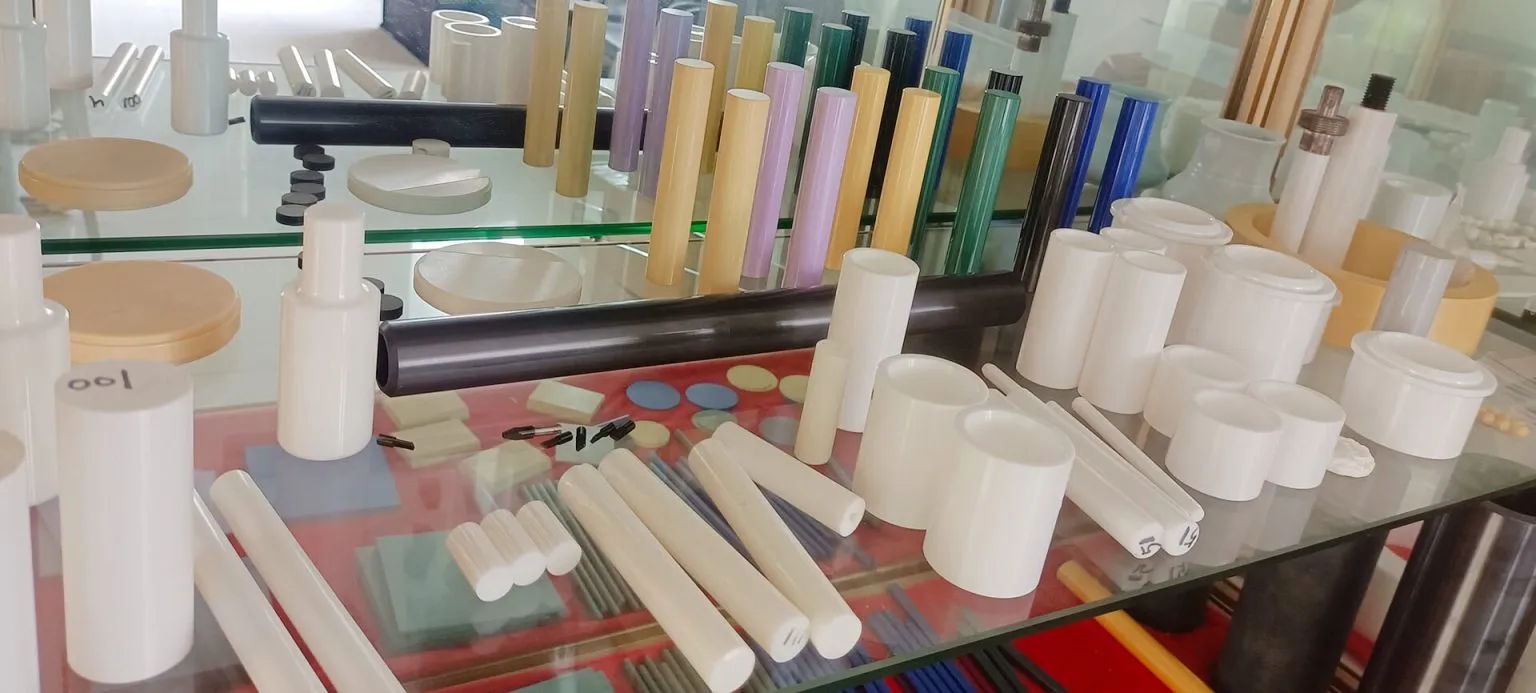
Similarly, zirconia crucibles offer excellent chemical resistance but lower thermal conductivity, leading to slower heating and higher risk of cracking under rapid temperature changes. Alumina (Al2O3) crucibles are common but can’t match SiC’s thermal shock resistance.
Silicon nitride (Si3N4) is another high-performance ceramic—often used in silicon nitride crucible factories for specialized applications—but it’s generally costlier and less conductive than silicon carbide. Custom silicon nitride heat shields and silicon nitride rings excel in structural roles, but for molten metal handling, silicon carbide remains the go-to choice.
4. Beyond the Lab: Silicon Carbide in Everyday Ceramics
Surprisingly, silicon carbide isn’t confined to industrial settings. High-end kitchenware now features items like silicon carbide ceramic baking dishes, silicon carbide ceramic dinner plates, and even silicon carbide ceramic butter dishes with lids. Brands like Staub have explored silicon carbide baking dish staub lines for their superior heat retention and durability.
From silicon carbide ceramic serving bowls to silicon carbide ceramic casserole dishes with lids, these products offer oven-to-table convenience without cracking. You’ll also find silicon carbide black ceramic plates, silicon carbide white ceramic plates, and seasonal items like silicon carbide christmas ceramic platters—all prized for their sleek finish and resilience.
Even functional items like silicon carbide ceramic disc taps and silicon carbide ceramic grinding discs leverage the material’s hardness and wear resistance, proving its versatility across consumer and industrial domains.

5. Industrial Components Made from Silicon Carbide
Beyond crucibles and dinnerware, silicon carbide forms critical components in harsh environments:
- Silicon carbide ceramic tiles for kiln linings
- RBSiC silicon carbide tile blocks for wear-resistant surfaces
- Silicon carbide ceramic columns and pillars in high-temp furnaces
- Silicon carbide burner nozzles in glass and metal processing
- Silicon carbide bricks for refractory applications
- Silicon carbide tubes for thermocouple protection and furnace use
Silicon carbide porous ceramic tubes are also gaining traction in filtration systems, while silicon carbide mullite tubes combine SiC with mullite for enhanced thermal stability.
6. Manufacturing and Material Trends
The global demand for advanced ceramics like silicon carbide is surging, driven by electric vehicles, semiconductor manufacturing, and green metallurgy. Innovations in sintering techniques now allow for near-net-shape production of complex parts like silicon carbide ceramic piping and custom silicon carbide rings.
Meanwhile, the high purity silicon nitride powder market is expanding alongside it, supporting hybrid applications where both SiC and Si3N4 are used in tandem—such as in custom silicon nitride plates paired with silicon carbide crucibles for multi-stage processing.
7. Conclusion
Whether you’re melting aluminum in a foundry or serving a casserole at Sunday dinner, silicon carbide crucibles and related ceramics deliver unmatched performance. Their unique blend of thermal, mechanical, and chemical properties makes them indispensable across industries—and increasingly, in our homes. As material science advances, expect to see even more innovative uses for this remarkable advanced ceramic.
Our Website founded on October 17, 2012, is a high-tech enterprise committed to the research and development, production, processing, sales and technical services of ceramic relative materials such as 7. Our products includes but not limited to Boron Carbide Ceramic Products, Boron Nitride Ceramic Products, Silicon Carbide Ceramic Products, Silicon Nitride Ceramic Products, Zirconium Dioxide Ceramic Products, etc. If you are interested, please feel free to contact us.



